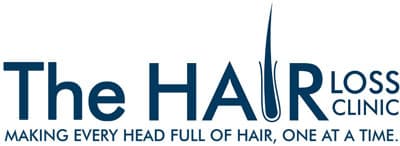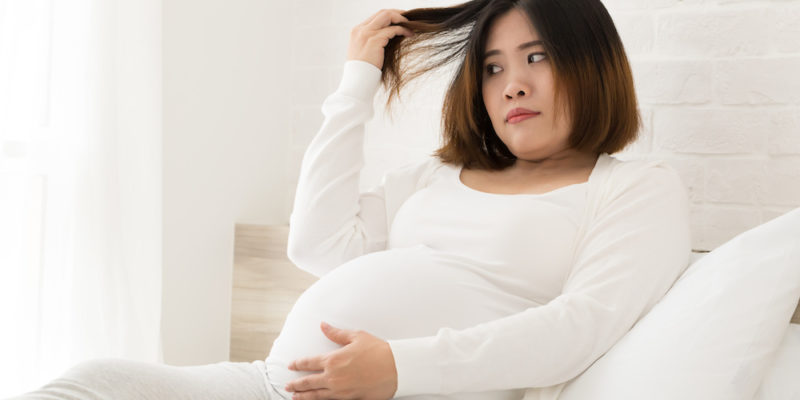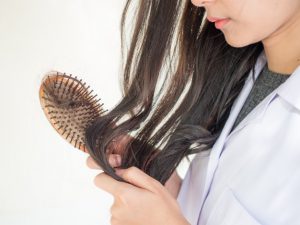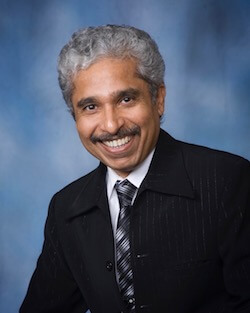Pregnancy And Woman’s Hair Loss
by Tony Pearce RN.
Specialist Trichologist, National Trichology Services
At a time when a woman has seemingly done the ‘hard yards’ of pregnancy, the joy of motherhood can sometimes be soured when she’s at her most emotionally fragile.
Pregnancy produces widespread changes in a woman’s physiology. Scalp hair is very sensitive to these changes and the hair is affected to some degree in all women.
Normally 85% of hair in humans is in a growing or ‘anagen’ phase of 24-48 months. The remaining 15% is in a random falling or ‘telogen’ phase of 2-3 months.
In late pregnancy however, anagen may increase to 95% and telogen drop down to 5%; indicating only one-third the normal number of hairs being shed. The high oestrogen levels of pregnancy are believed to be responsible for prolonging the anagen phase of the hair follicle cycle.
Following childbirth the telogen count begins to rise, and by nine weeks postpartum (childbirth) 30-35% of scalp hairs are in the telogen phase. Diffuse (all over) hair fall may then be distressingly excessive for about three months, and may continue for as long as a year. Typically though, the duration of shedding is less than six months and the majority of women return to normal hair density by 12 months postpartum. Throughout this time, diffuse hair fall is usually the only symptom.
Postpartum hair loss can be prolonged or exacerbated by stress, blood loss during delivery, and hormonal factors such as prolactin secretion with breastfeeding.
In susceptible women genetic thinning can sometimes be triggered after childbirth. Genetic thinning usually presents as a slow thinning-out behind the front hairline through the top of the scalp.
Young mothers who experience severe postpartum hair loss need to be reassured that this is a temporary, self correcting condition. New anagen hair growth is normally evident even whilst hair is still falling. Postpartum hair fall only represents a physiological return to normal growing percentages.
About the Author: Tony Pearce is a Specialist Trichologist & Registered Nurse. He is a founding member of the Society for Progressive Trichology & the official lecturer for Analytical Reference Laboratory (ARL) for hair loss & hormone imbalance. In Australia he can be contacted on +61 2 9542 2700, or through his website at www.hairlossclinic.com.au. Copyright Anthony Pearce
Copyright Anthony Pearce 2005. *References for this article available on request




